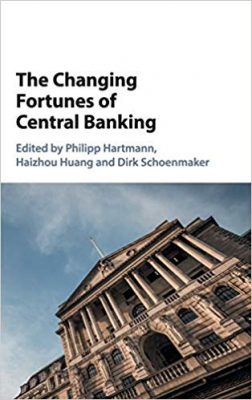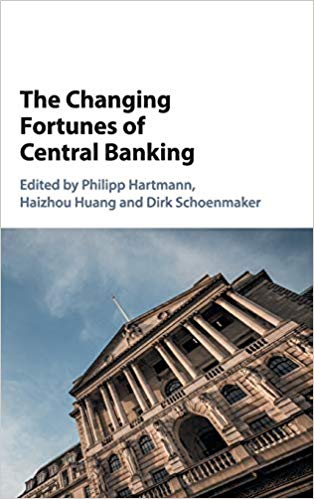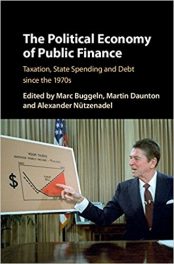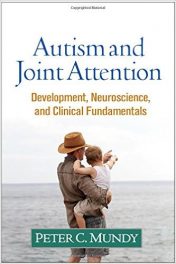 Editors: Philipp Hartmann, Haizhou Huang, and Dirk Schoenmaker
Editors: Philipp Hartmann, Haizhou Huang, and Dirk Schoenmaker
Publisher: Cambridge University Press – 408 pages
Book Review by: Sonu Chandiram
What was the principle cause of the 2007-2008 global financial crisis? In a Wikipedia article, we found the following information:
“The years leading up to the crisis were characterized by an exorbitant rise in asset prices and associated boom in economic demand. Further, the U.S. shadow banking system (i.e., non-depository financial institutions such as investment banks) had grown to rival the depository system yet was not subject to the same regulatory oversight, making it vulnerable to a bank run
US mortgage-backed securities, which had risks that were hard to assess, were marketed around the world, as they offered higher yields than U.S. government bonds. Many of these securities were backed by subprime mortgages, which collapsed in value when the U.S. housing bubble burst during 2006 and homeowners began to default on their mortgage payments in large numbers starting in 2007”
We also looked at other writings on the causes of this recession, and one of the most succinct explanations we found was by this writer:
Kimberly Amadeo writes in a September 28, 2018 article in The Balance, “The financial crisis was primarily caused by deregulation in the financial industry. That permitted banks to engage in hedge fund trading with derivatives. Banks then demanded more mortgages to support the profitable sale of these derivatives. They created interest-only loans that became affordable to subprime borrowers…That created the financial crisis that led to the Great Recession.”
In other words, the risk-reward ratio rose to a dangerously high level, as lenders gambled that they’ll make lots of high-interest money. But millions of borrowers defaulted on their mortgages!
Subprime borrowers are people who may have difficulty maintaining their repayment schedules sometimes reflecting severe income setbacks or higher expense levels, such as unemployment, divorce, medical emergencies, and other events. Historically, subprime borrowers were defined as having FICO (introduced in 1989 by Fair, Isaac and Company) scores below 600, which is only around 70 percent of the maximum score of 850.
These were some of the devastating results of the 2008 financial crisis in the United States (world’s largest economy) in late 2008 when the Great Recession began:
- 20 million people lost their jobs, according to the International Labor Organization (ILO)
- Largest contraction of the US Gross Domestic Product (GDP) since post World War II,
- Pace of collapse in residential investment dropped 23 percent in the first quarter of 2009
- Domestic demand declined five straight quarters, just three months shy of 1974-75
- Shipping volume (as measured by the Baltic Index) plunged 50 percent in October 2008
This book provides you an understanding of the changing role of central banks in today’s world. It was written by the three editors named above and 28 specialists in banking, business, capital formation and deployment, economics, finance, and related fields, from all over the United States, and from Hong Kong, Russia, and the United Kingdom.
Here below is a list of the chapters we present to you as an overview:
- Introduction and Overview
- Part I. Monetary Economics and Policy
- Money: How Could Economics Do Without It?
- Monetary Control in the UK: The Impossible Dream?
- Pristine and Parsimonious Policy: Can Central Banks Ever Get Back to It and Why They Should Try
- Central Bank Talk about Future Monetary Policy: Lessons from the Crisis and Beyond
- Bank Capital and Monetary Policy Transmission
- When Are Central Banks More Likely to Target Asset Prices?
- Part II. Financial Stability and Regulatory Policy
- The Macroprudential Toolkit
- Three Cooks or Three Wise Men? The Interplay Between Monetary, Macroprudential and Microprudential Policies
- Liquidity, Default, and the Interaction of Financial Stability and Monetary Policy
- Systemic Risk Measurement and Quantification
- What Binds? Interactions Between Bank Capital and Liquidity Regulations
- Is Burden Sharing Needed for International Financial Stability?
- Part III. Foreign Exchanges and International Architecture
- The Case for (and Requirements of) Monetary Unions
- Machines versus Humans
- The Case for Flexible Rates Revealed
- Cross-Border Banking and Monetary Independence: Difficult Partners
- International Liquidity
- Part IV. The Millennium Challenges of Central Banks
- Overburdened Central Banks: Can Independence Survive
- Central Banks, National Balance Sheets and Global Balance
- Recognizing the Economy as a Complex, Adaptive System: Implications for Central Banks
- The Changing Fortunes of Central banks
Read this book to learn what important roles central banks play in maintaining stability in the financial systems of their countries and in the global financial system as a whole, or in destabilizing those systems. We have all heard the saying “money makes the world go round,” so discover how central banks:
- Pursue policies for maximum profit while managing credit risk
- Deal with their national government’s political, economic, and financial imperatives
- Navigate around financial regulations and crises
- Adjust interest rates to regulate inflation and business growth
- Respond to foreign exchange rate dynamics
- Do quantitative easing (QE) or tightening to speed up or slow down economic growth
This is an excellent work that is also authoritative, as it contains insight by specialists in various aspects of central banking.
Editors:
Philipp Hartmann is affiliated with the European Central Bank
Haizhou Huang is affiliated with China International Capital Corporation
Dirk Schoenmaker is affiliated with Erasmus University in Rotterdam, the Netherlands







